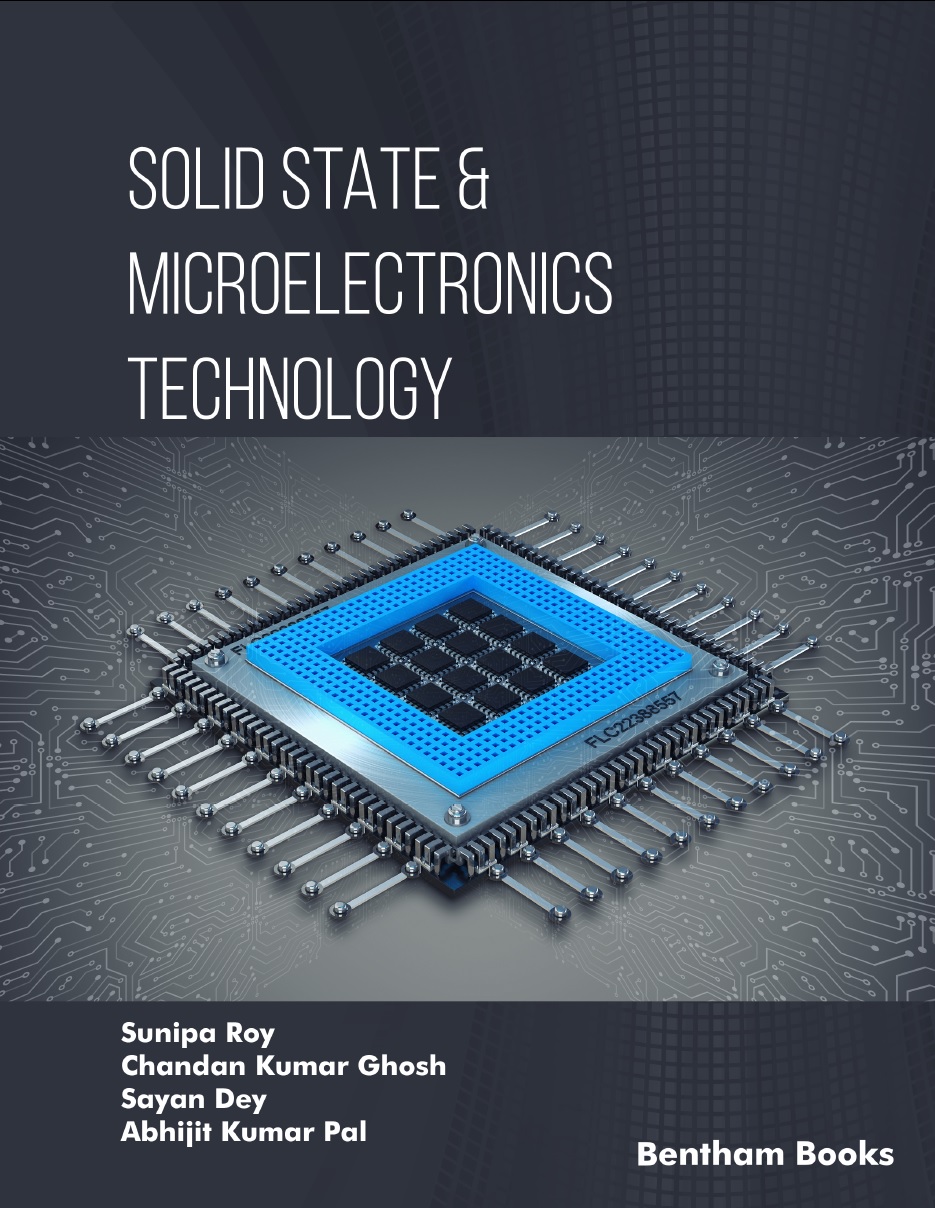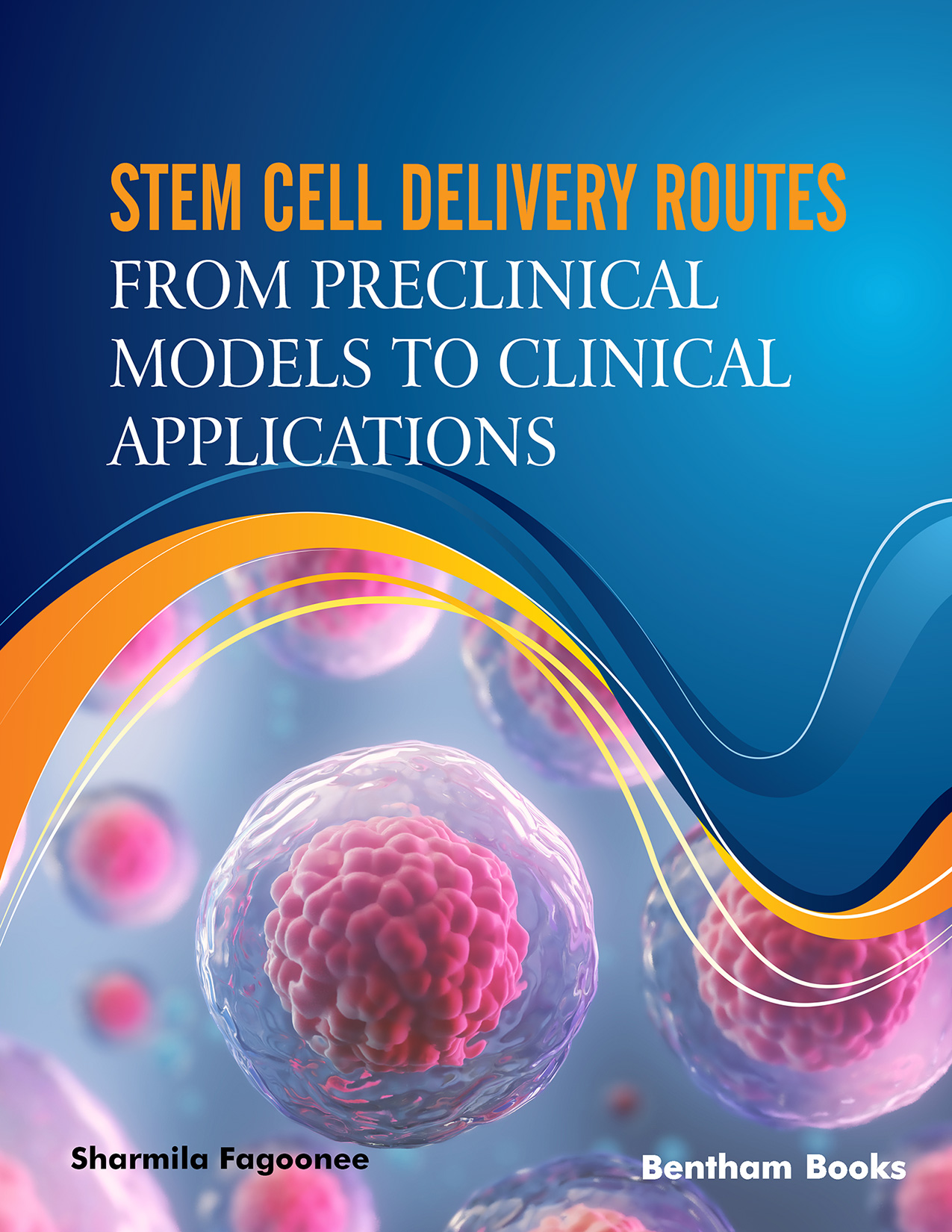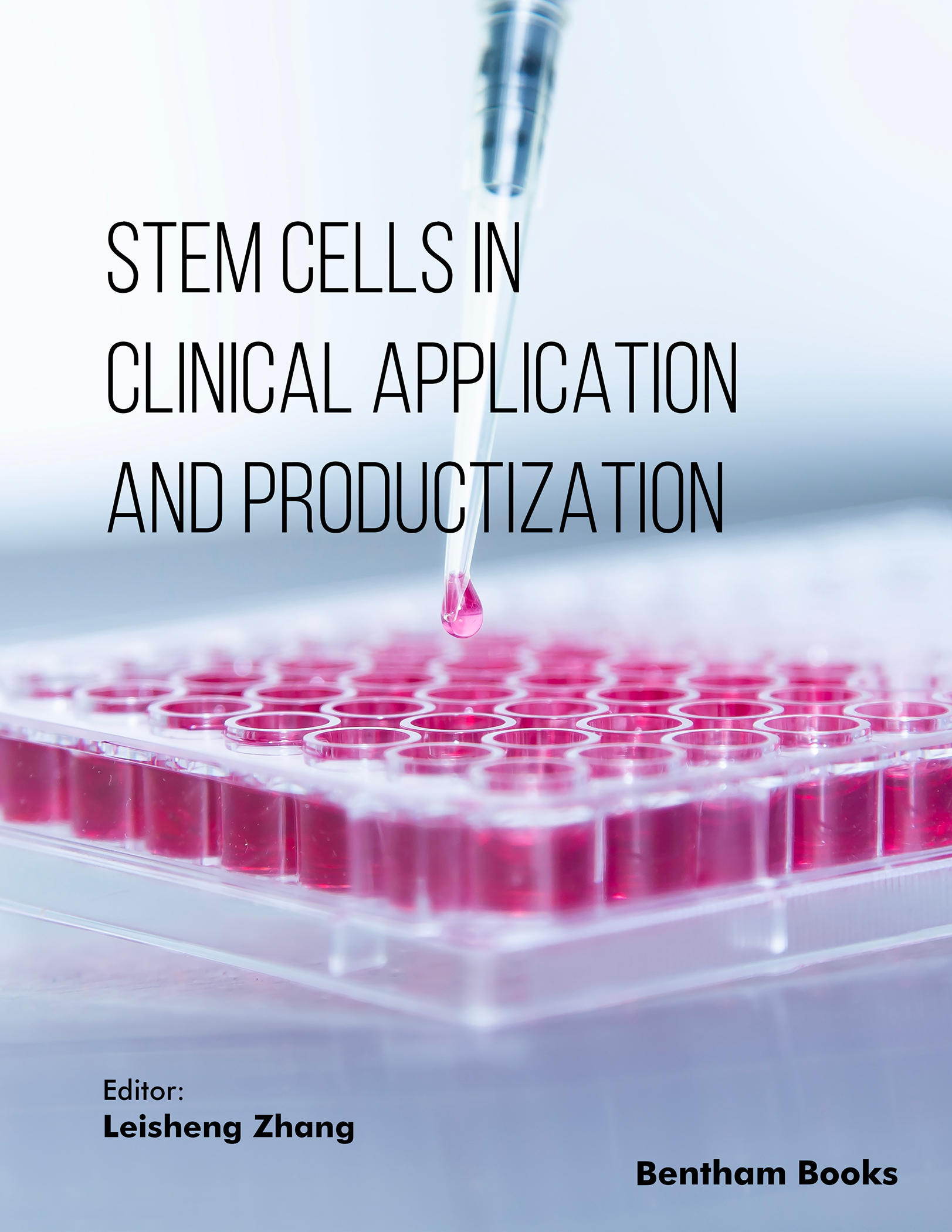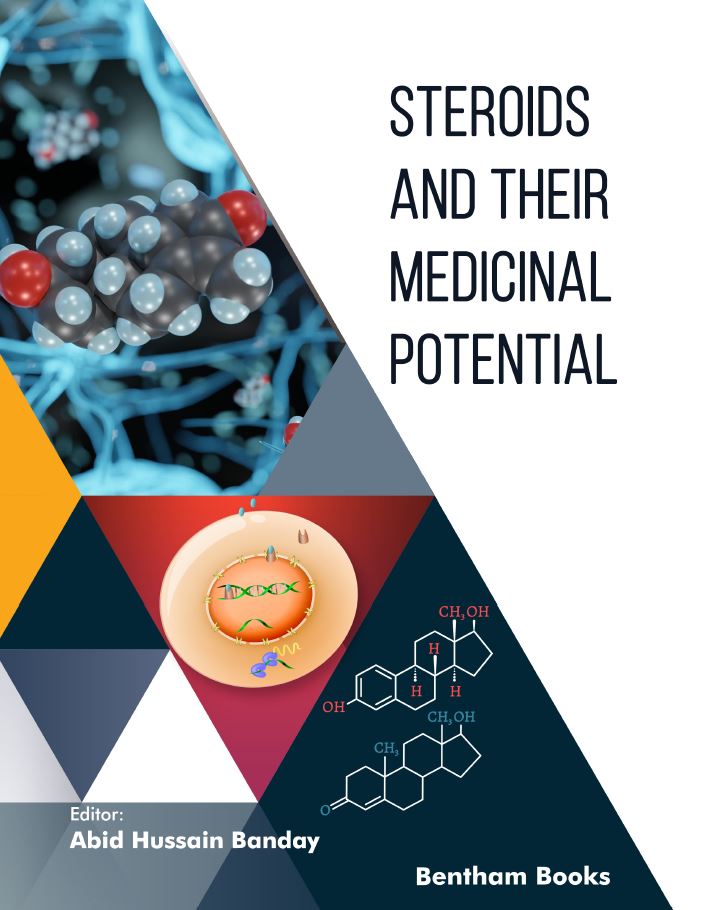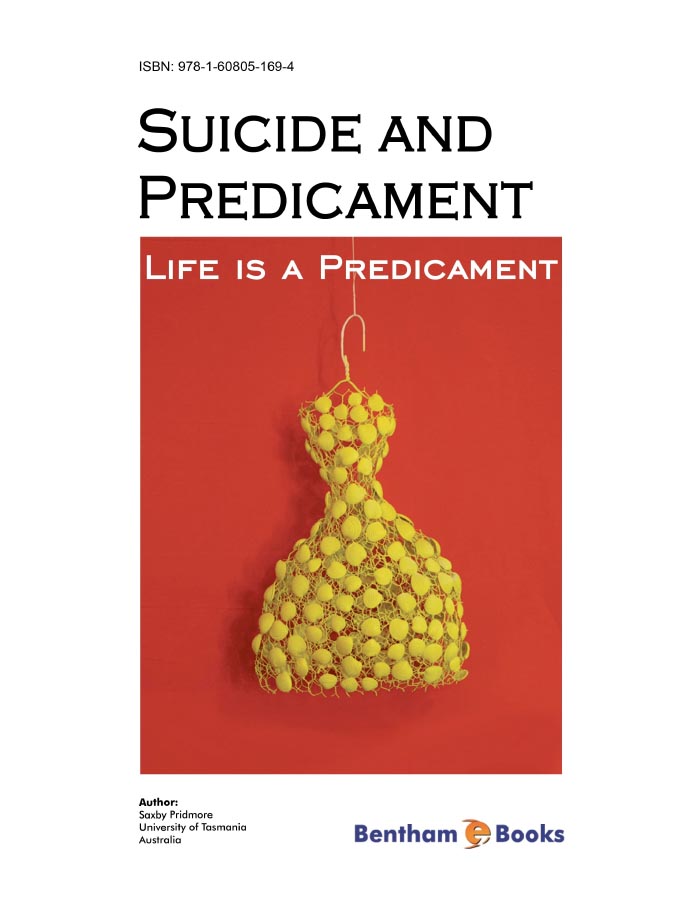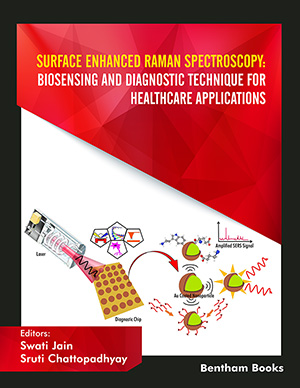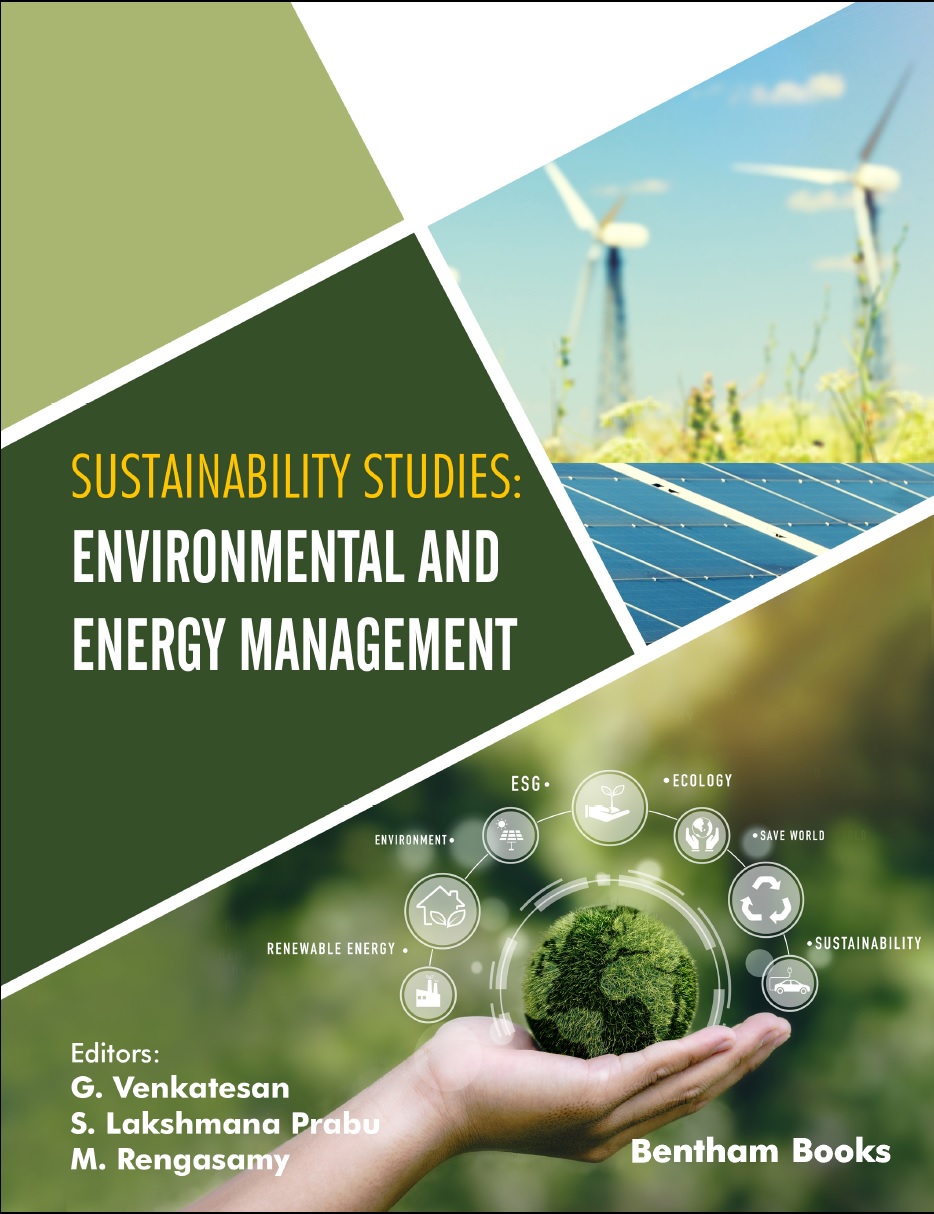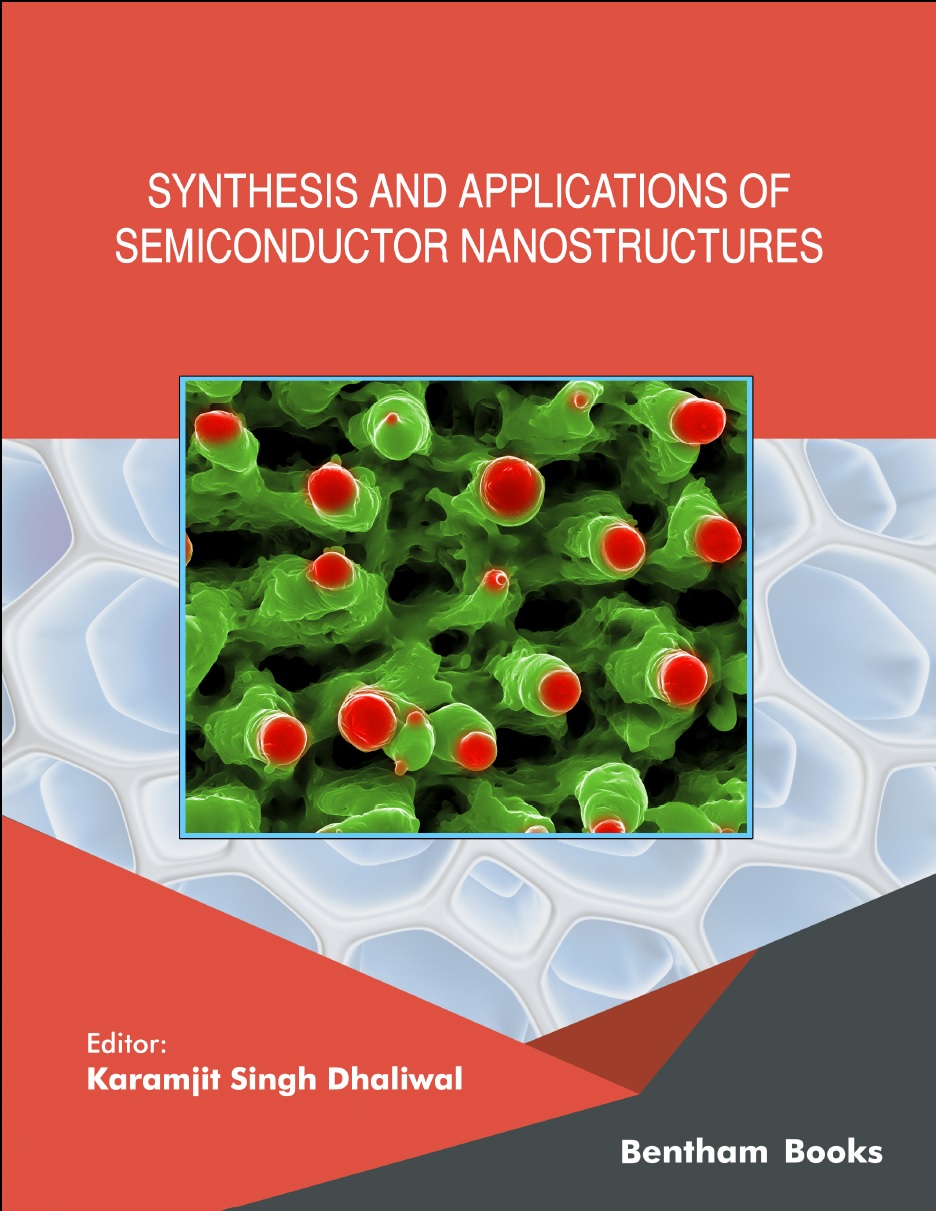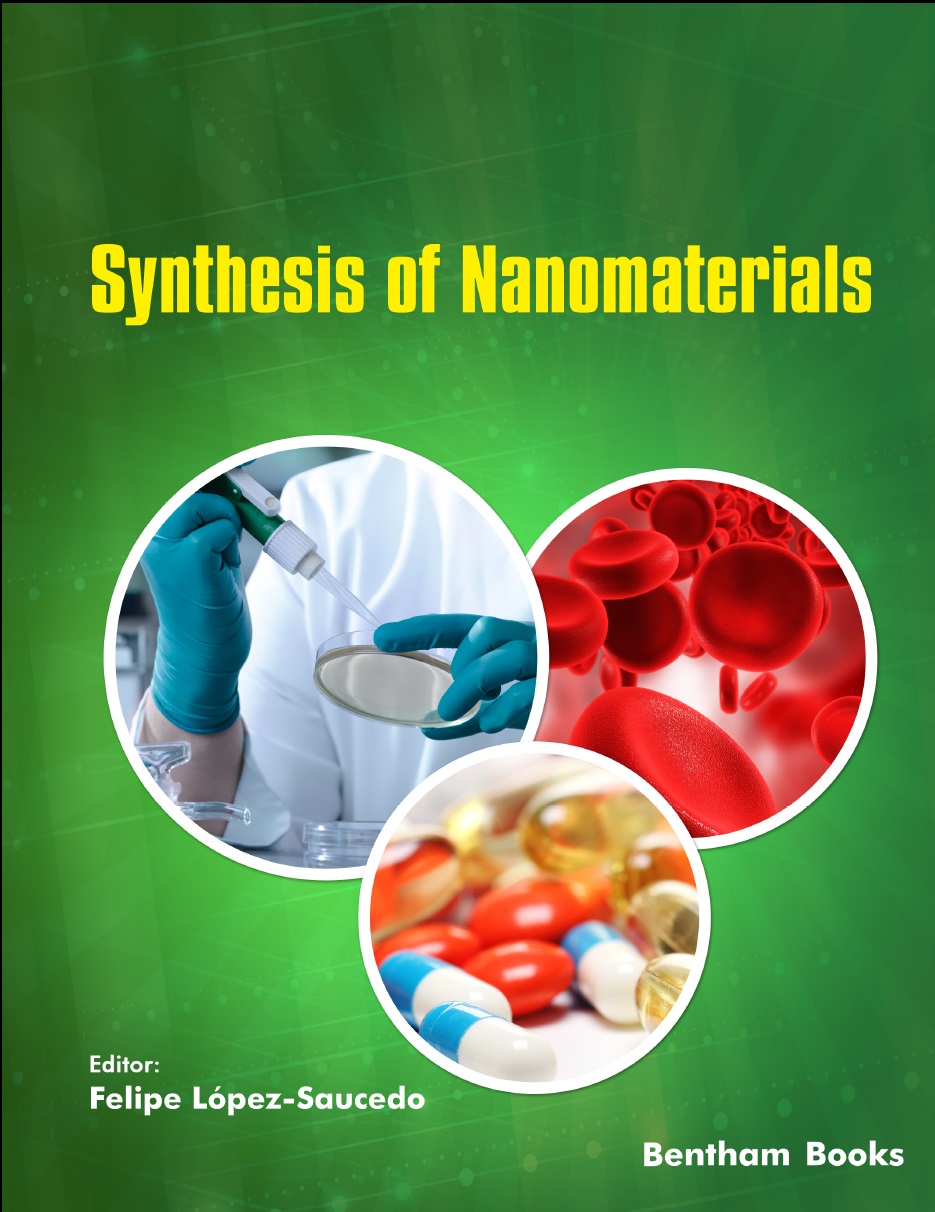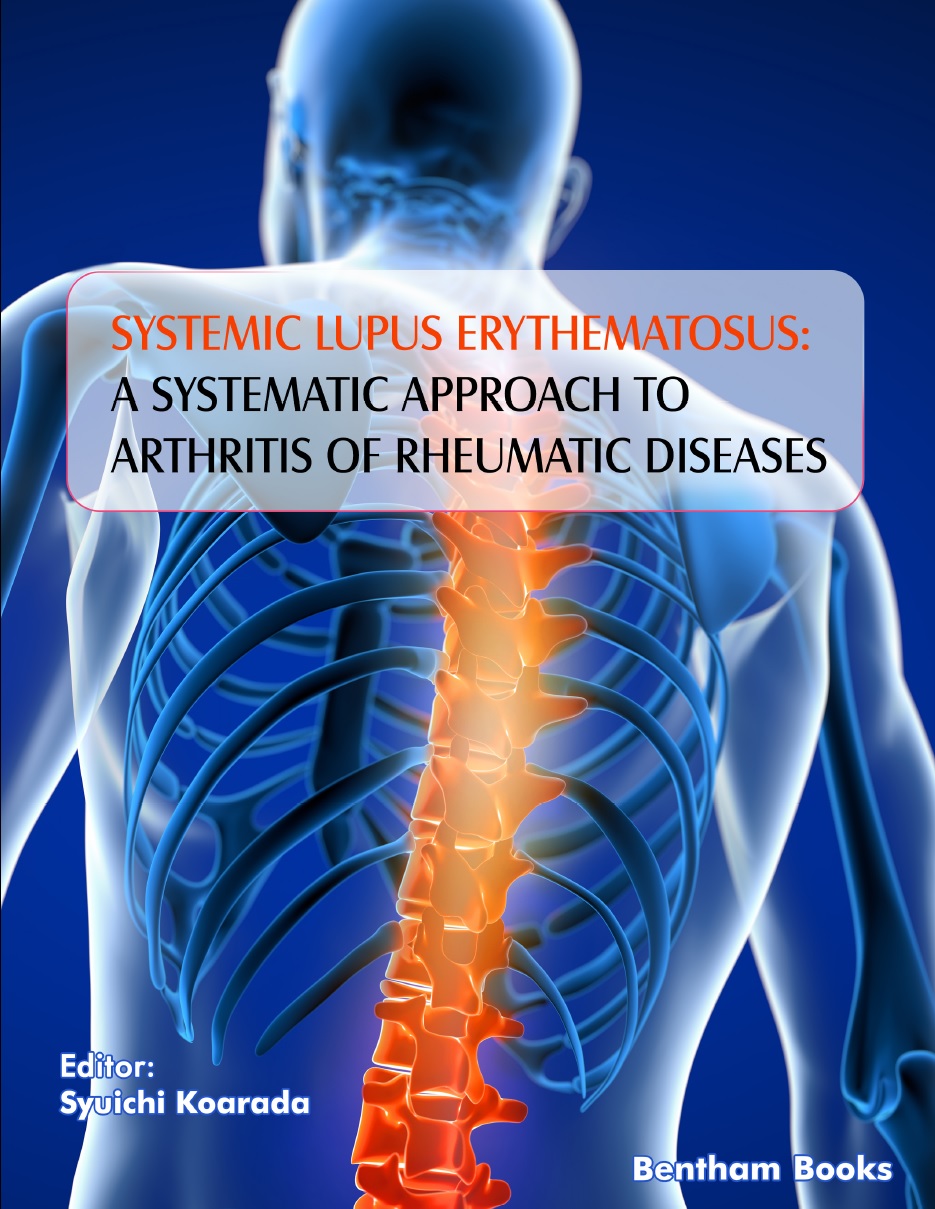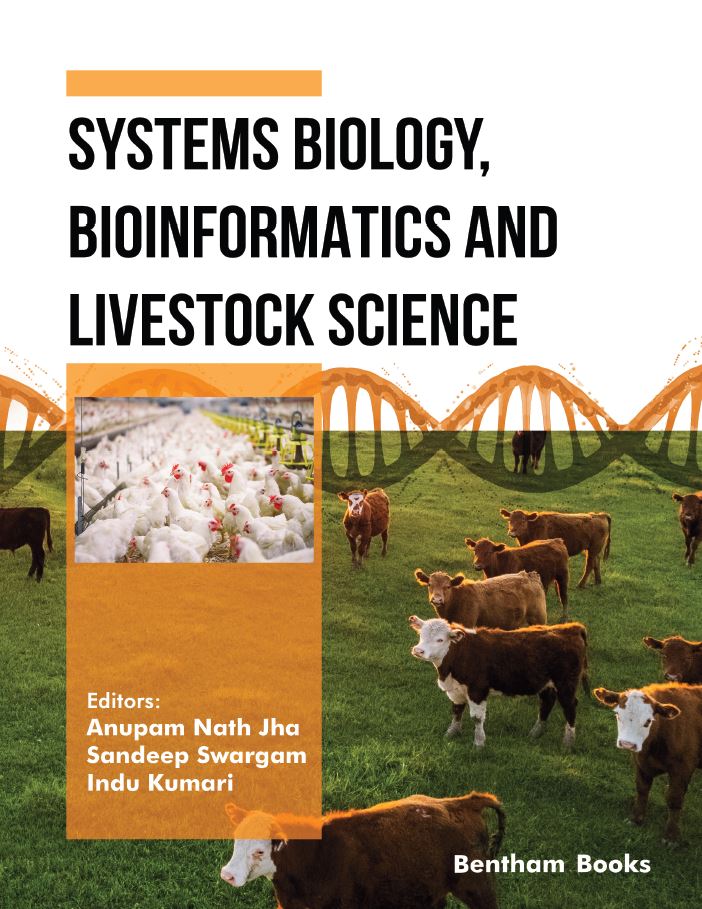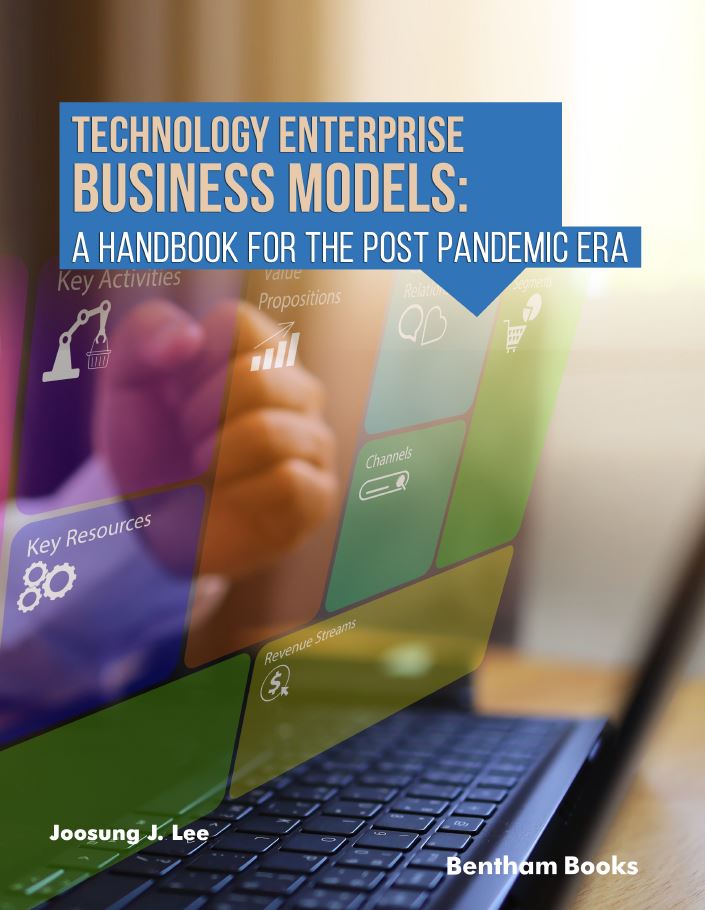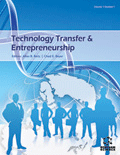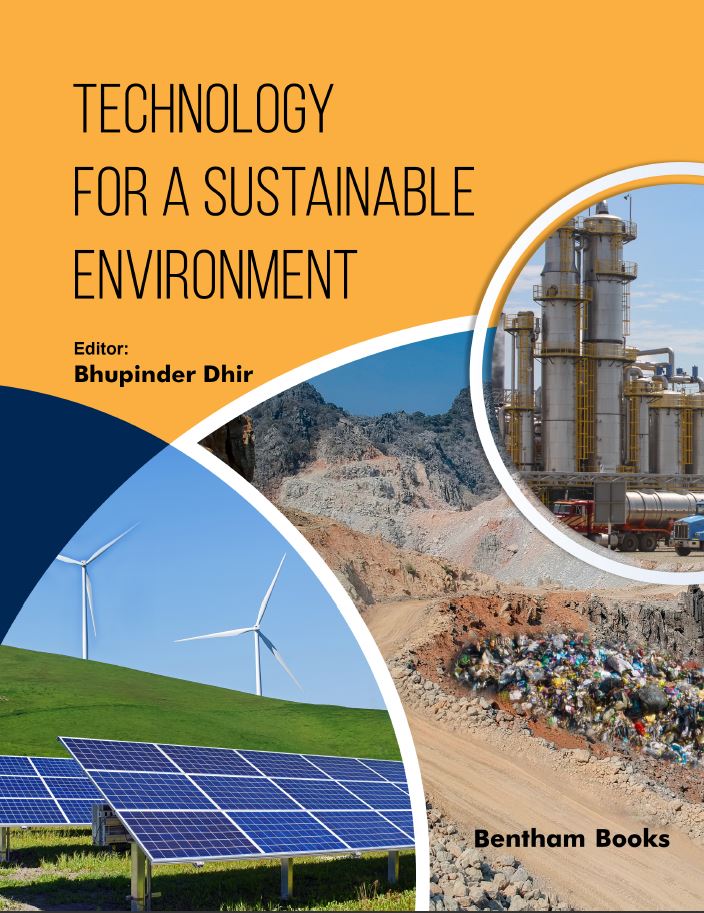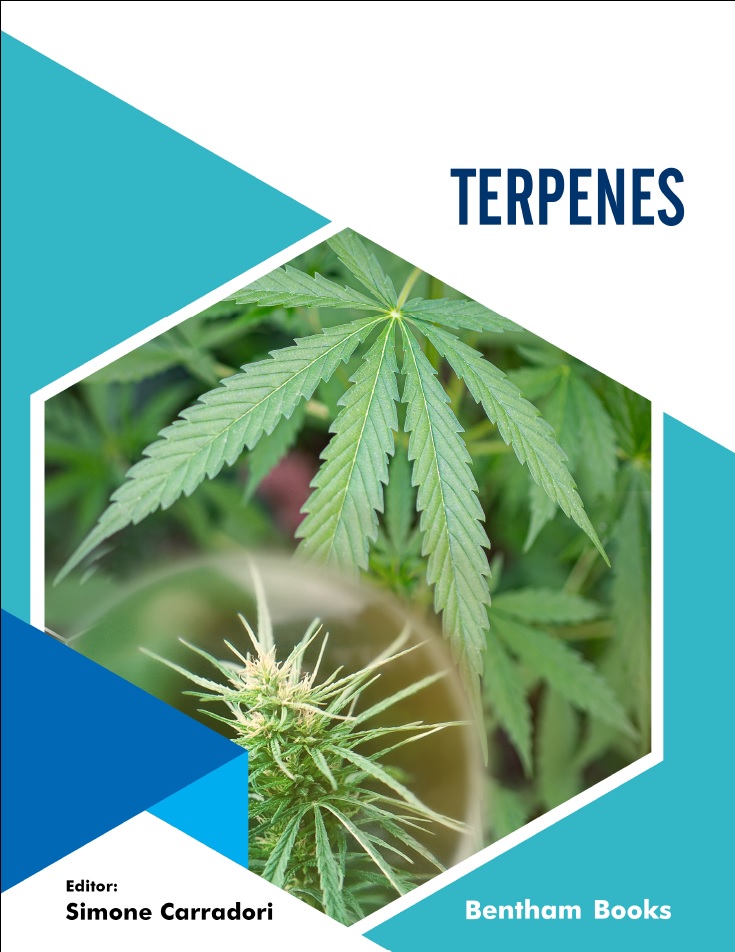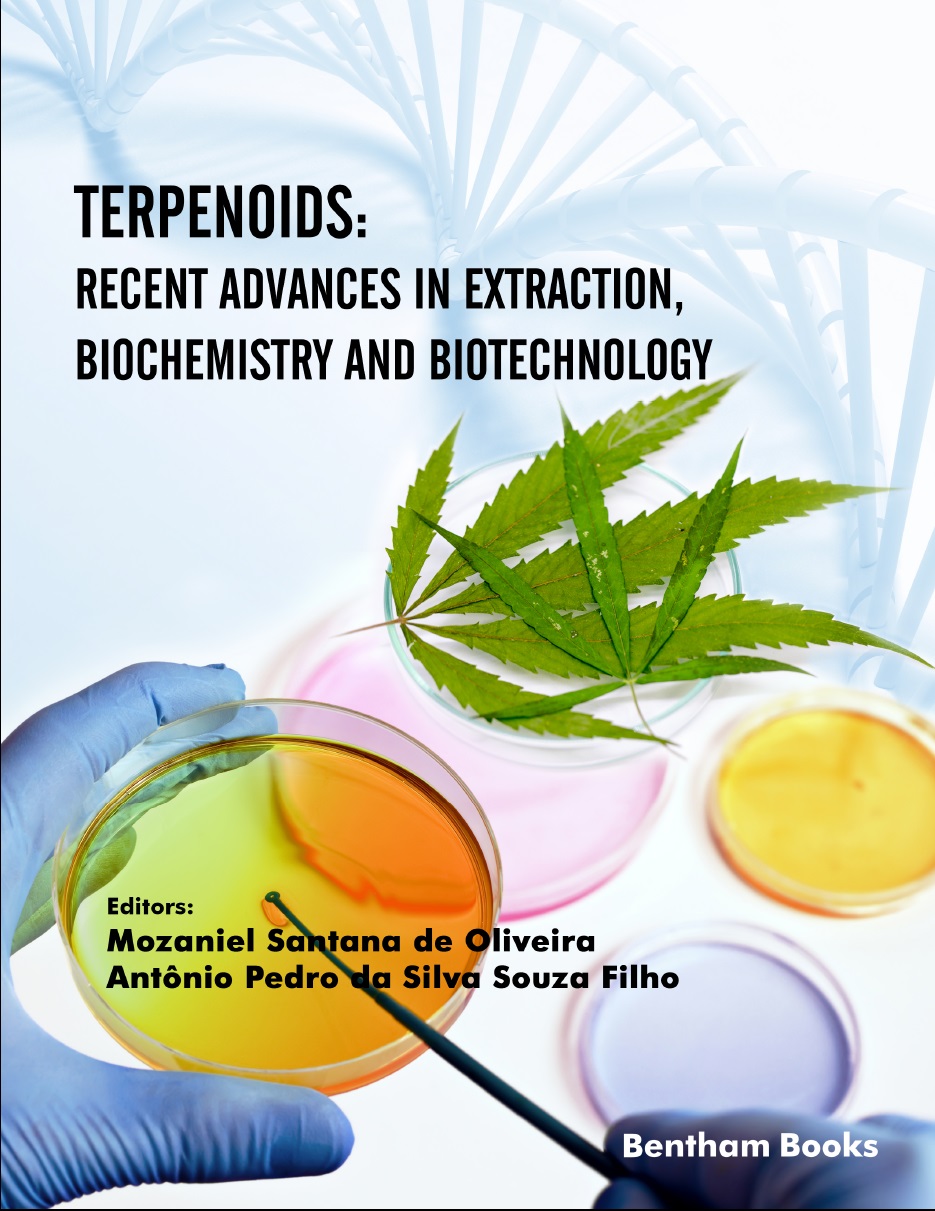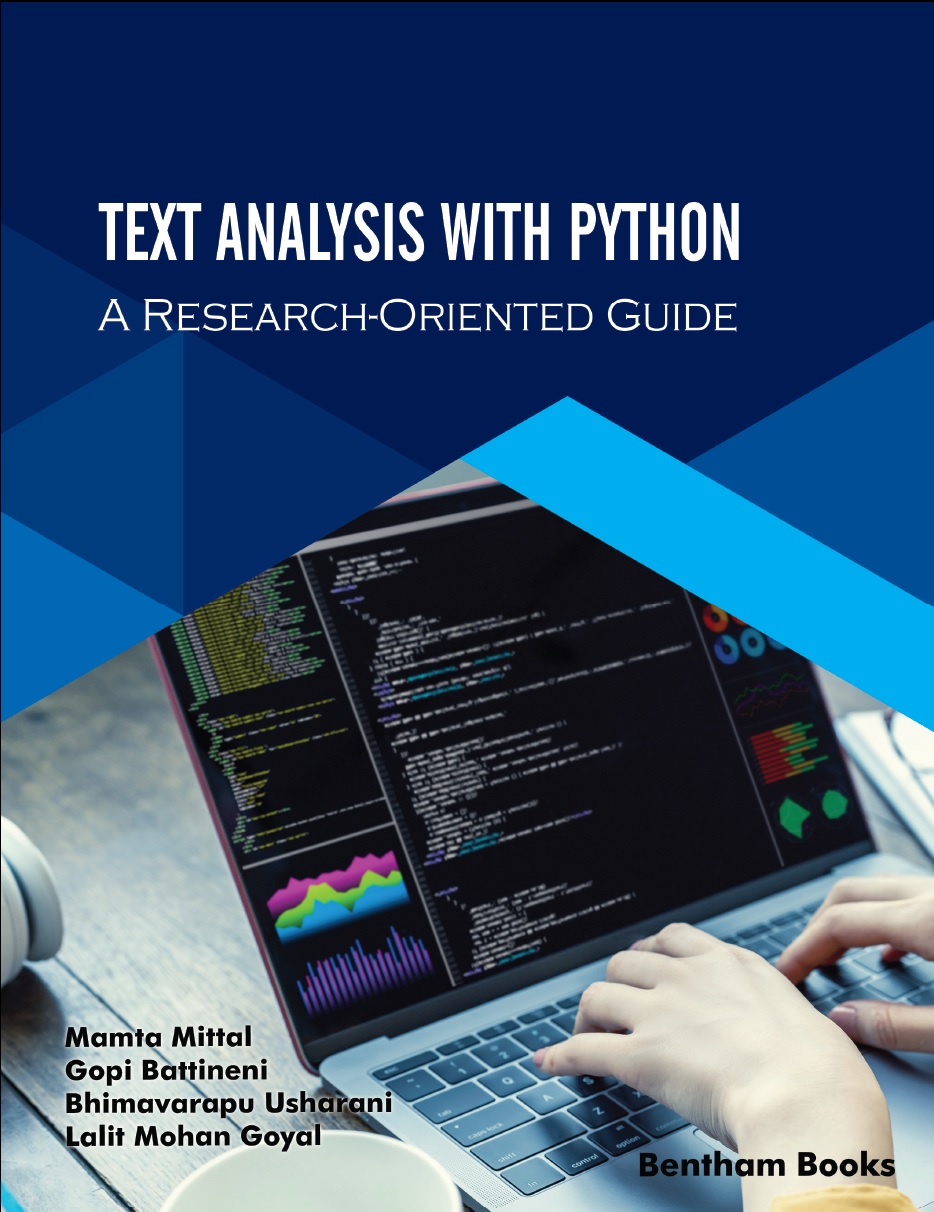- Home
- Publishers
- Bentham Science Publishers
Bentham Science Publishers
Bentham Science Publishers is a major publisher of more than 100 peer-reviewed science, technology and medical (STM) journals, along with a rapidly growing collection of eBooks. Since 1993, Bentham Science Publishers has been catering to the information needs of the pharmaceutical, engineering, biomedical and medical research community.721 - 740 of 812 results
-
-
Solid State & Microelectronics Technology
More LessSolid State & Microelectronics Technology is a comprehensive textbook designed for courses in solid state device physics as part of electronics / electrical engineering and IT courses. The book has two main objectives aimed at students and the future engineer: 1) to deliver knowledge of quantum physics and 2) to familiarize them with modern device types and fabrication processes. The breadth of subjects covered in the book serves a useful integrative function in combining fundamental science with applications. Recent developments are illustrated thoughtfully to encourage the reader to adopt this field as their research area. Key features - Adopts a twin approach to learning about solid state devices by blending information about fundamental science with the latest fabrication technology - Covers topics recently introduced into current curricula to cater to the demands of modern engineering - Provides foundational information on quantum physics, semiconductors and electronics - Provides details about advanced devices such as BiCMOS, MESFET and FinFet devices - Encourages readers to pursue further research with detailed illustrations and references
-
-
-
Stem Cell Delivery Routes: From Preclinical Models to Clinical Applications
More LessStem Cell Delivery Routes: From Preclinical Models to Clinical Applications covers current knowledge about stem cell delivery for cell-based therapeutics. Starting with an introduction to stem cell technology, the book provides information about the main mesenchymal stem cell (MSC) delivery routes and the cell carrier materials used for delivering the cells. The main delivery routes include the liver, the kidney and the ocular surface. This introductory information is followed up with general information about stem cell based therapeutics, covering relevant topics such as the secretome and optimal delivery strategies in cell-based therapeutics. The book then progresses into the topic of in vivo cell tracking methods in preclinical and clinical studies with specific emphasis on the liver, ocular surface and kidney while also covering factors that affect the residence time, viability, and homing of MSCs with respect to the targeted location. The discussions in these chapters are accompanied by key descriptions of MSC-based therapeutic applications in rodent models and human clinical studies. The advantages and bottlenecks in clinical MSC application, and ways to improve the therapeutic efficacy of transplanted cells are also presented, rounding up the contents of the book.
Key Features:
- A comprehensive summary of stem cell delivery for cell-based therapeutics, suitable for a broad range of readers
- 10 sequential chapters that enhance the reader’s understanding on the subject
- An Introduction to stem cell technology
- Coverage of 3 key stem cell transplantation routes (liver, kidney and eye)
- Coverage of in vivo stem cell tracking
- Inclusion of basic information about MSC delivery and methods of clinical applications
- Discussions about preclinical mouse models
- A perspective on stem cell bottlenecks and recent advances in biomedical engineering that enhance the clinical application of MSCs
The contents are adapted to suit readers learning about advanced stem cells therapies at all academic levels, including undergraduates, lecturers, as well as those who are curious to understand more about the importance of stem cells, and their application in cell-based therapeutics. Professionals involved in allied fields in clinical research, and biomedical engineering will also gain a substantial understanding about regenerative medicine and cell transplantation.
-
-
-
Stem Cells in Clinical Application and Productization
More LessStem cells with self-renewal and multi-lineage differentiation potential have potential for developing medicines for a range of refractory and recurrent disease. This book mainly focuses on the landscape of the biological properties and translational research of stem cells types, including hematopoietic stem cells (HSCs), neural stem cells (NSCs) and mesenchymal stem/stromal cells (MSCs).
The book also introduces readers to the current updates and development prospects of stem cells in singular or combination therapies with advanced biomaterials and technological innovations towards large-scale standardization and productization.
Key Features:
- Introduces readers to stem cell biology and tissue engineering
- Covers innovations in stem cell therapy and biomaterials
- Includes a brief guide to commercialization of stem cell technology
- Includes references for advanced readers
The contents will strengthen the reader’s understanding of stem cell-based therapies. This book is a primer on stem cell and regenerative medicine for a wide readership including students, healthcare professionals, researchers and general readers.
-
-
-
Steroids and their Medicinal Potential
More LessSteroids are an important class of biomolecules with diverse roles and functions. Besides being important as structural and signaling molecules, these molecules hold promise against numerous disorders, including cardiovascular conditions, cancer, inflammation and autoimmune disorders. Many investigations have demonstrated that steroidal frameworks may provide lipid solubility, receptor selectivity or membrane binding properties to non-steroidal pharmacophores. However, the therapeutic use of steroids can be dangerous when they're used incorrectly. Additionally, misconceptions about steroids among athletes or recreational users can lead to steroid abuse and poor health outcomes. Steroids and their Medicinal Potential discusses the classification, distribution, biosynthesis, chemical synthesis and semi-synthesis of different steroids. The medicinal potential of each class is exhaustively discussed in different chapters. The latest advances and developments in steroid-based drug discovery are also discussed thoroughly. The book aims to address general questions and concerns about steroids, providing readers a useful resource on the subject. Key Features
-Provides comprehensive coverage on all aspects of steroids including steroid chemistry, biochemistry, medicinal potential, drug discovery and advances in target-binding interactions of steroid-based drugs
-Includes chapters dedicated to anabolic steroids and their abuse
-Designed as an accessible source of information for understanding steroidal drugs with structured chapters
-Includes references for advanced readers
-
-
-
Stress Response and Immunity: Links and Trade Offs
More LessWhen environmental conditions deviate from the optimal range, stress ensues. Stress response is a set of reactions that allow the organism to adjust and survive adverse conditions. Stress can be physical, such as extreme temperature, radiation, injury, or psychological, caused by perceived danger or deprivation. Every living cell has biochemical mechanisms to cope with physical stress. These mechanisms show a degree of similarity among several types of living organisms.
Stress Response and Immunity: Links and Trade Offs explores the functional and evolutionary connections between stress response and immunity. The book introduces the reader to the concept of stress and subsequently examines the connection between stress response and immunity at various evolutionary stages of living organisms - from bacteria to humans. The book also features chapters dedicated to the role of tumor suppressor genes and the immune system of the brain.
The information presented in this reference demonstrates the profound effects of physical and psychological stress on human health. Readers with basic knowledge of molecular biology will learn about the interesting facets of stress responses and the evolutionary trade offs observed in different life forms.
-
-
-
Suicide and Predicament: Life is a Predicament
More Less"Suicide and Predicament: the medical model of suicide is incomplete" takes a broad view of suicide. It argues that a large proportion of people who suicide do not have a mental disorder, and therefore it is essential to know about the predicaments of people. The book draws on sociology and takes issue with the medicalization of distress and suicide. It discusses genetics and draws attention to the importance of alcohol in suicide. It takes as examples, 127 suicide cases found in public record. Unique features include 1) predicament model, 2) pathways model, 3) typology of suicide, and 4) prevention initiatives.
-
-
-
Surface Enhanced Raman Spectroscopy: Biosensing and Diagnostic Technique for Healthcare Applications
More LessSurface enhanced Raman spectroscopy (SERS) is a technique applied in multidisciplinary research. Its use has tremendously grown in the last 40 years owing to improved nanofabrication, biomolecules extraction and sensitive signal acquisition techniques.
This book focuses on the underlying principles of SERS by emphasizing on basic concepts and background information about the subject. Chapters explain the physics of Raman spectroscopy while also indicating its relevance to designing protocols and methodologies for biosensing and imaging. The book gives updated and recent details on colloids and nanostructures, their fabrication, surface engineering and immobilization methods, all in context to SERS based biosensing.
Key Features:
- Covers basic knowledge and new research about surface enhanced Raman spectroscopy (SERS)
- Provides a complete framework on SERS based biosensing with concise chapters
- Focuses on different active molecules critical to SERS and associated developed nanoassemblies
- Presents information about ongoing research on SERS imaging applications
- Highlights bottlenecks of SERS technique in biosensing
- Includes references for further reading
This book serves as a reference book for researchers and academicians and will also provide a reasonable understanding on the topic of SERS to newcomers irrespective of their background in a simple manner. The book is of interest to all readers within the scientific community involved with Raman spectroscopy, including chemists, physicists, biologists, material scientists as well as biomedical engineers.
-
-
-
Sustainability Studies: Environmental and Energy Management
More LessSustainability Studies: Environmental and Energy Management is a collection of reviews on topics on sustainability with the objective of informing the reader about the environmental impact of industrialization and the ways technology can be implemented to sustain it.
The book presents 11 chapters that focus on the environmental issues, waste management methods, and green chemistry for environmental-friendly production and construction. 2 chapters bring attention to important concepts that are central to sustainability, namely, environmental justice and climate change. The editors have ensured an adequate balance of theoretical concepts and practical information to give readers a broad overview of environmental sustainability. Each chapter is structured into easy-to-read sections that are suitable for readers who are learning about sustainability as part of their educational curriculum.
Sustainability Studies: Environmental and Energy Management is a primer on sustainability and environmental management for students and academics in environmental science, and engineering courses.
-
-
-
Sustainable Utilization of Fungi in Agriculture and Industry
Mycology: Current and Future Developments: Volume 4
More LessSustainable Utilization of Fungi in Agriculture and Industry covers current knowledge about of different fungal microorganisms, including economically important filamentous fungi and yeasts. 22 chapters summarize recent information about scientific investigations and the application of fungi in the production of industrial enzymes, organic acids (citric acid, lactic acid, etc.), biofuel (ethanol, H2 gas) and bioactive compounds for sustainable processes in agriculture, bioremediation, industries and therapeutics.
Each chapter gives an updated and detailed account of knowledge on fungal microbes and their sustainable utilization in agriculture, white biotechnology, and other valuable industrial applications. Contributions are made by academic and professional experts in mycology and industrial biotechnology, presenting a broad perspective of the field in a simple, yet engaging style.
Sustainable Utilization of Fungi in Agriculture and Industry is an informative reference for general readers, trainees, interested in sustainability measures in agriculture and industry. It also serves as reading materials for scholars, students and teachers involved in botany, microbiology, biotechnology and life sciences courses.
-
-
-
Synthesis and Applications of Semiconductor Nanostructures
Current and Future Developments in Nanomaterials and Carbon Nanotubes: Volume 4
More LessSynthesis and Applications of Semiconductor Nanostructures consists of 15 chapters that focus on synthesis, characterization and multifaceted potential applications of semiconductor nanostructures, metal organic frameworks (MOFs) and nanostructure impregnated metal-organic frameworks (MOFs). Special materials included in the volume include doped glasses, functionalized carbon nanotubes, doped graphene and graphene nanoribbons. The contributions highlight numerous bottom-up and top-down techniques for the synthesis of semiconductor nanostructures. Several industrial processes such as hydrogen production, wastewater treatment, carbon dioxide reduction, pollution control and oxidation of alcohols have been demonstrated in the context of semiconductor nanomaterial applications. The volume also has chapters dedicated to updates on the biomedical applications of these nanomaterials. This volume is a timely resource for postgraduate students, academicians, researchers and technocrats, who are involved in R&D activities with semiconductor nanomaterials and metal organic frameworks.
-
-
-
Synthesis of Nanomaterials
Frontiers in Nanomedicine: Volume 3
More LessSynthesis of Nanomaterials is a beginner's guide to the synthesis and characterization of biomaterials for medical devices and implants. It presents 8 chapters explaining the use of biomaterials in medicine and pharmacology. The concepts are explained with the guidance of specialists who present the principal techniques and methods to obtain high-performance polymers and composite materials.
Starting with an introduction to the subject, the book explains nanomaterials synthesis and progresses towards engineering applications. The chapters also cover modern biomaterials such as stimuli-responsive biomaterials, hydrogels, and self-healing materials.
One chapter is dedicated to computational and theoretical techniques in biomedicine and a final chapter covering microencapsulation for advanced drug delivery rounds up the contents.
Synthesis of Nanomaterials is a primary reference book for undergraduate and graduate students as well as professors involved in multidisciplinary research and teaching programs.
-
-
-
Systemic Lupus Erythematosus: A Systematic Approach to Arthritis of Rheumatic Diseases
Frontiers in Arthritis: Volume 4
More LessSystemic lupus erythematosus (SLE) is an autoimmune disease. SLE affects many parts of the body, with joint pain in the knees and hands being commonly reported symptoms. Arthritis is, therefore, one of the most common symptoms of the disease.
This book comprehensively summarizes information about SLE for medical professionals and students. The volume illustrates the process of making accurate diagnoses through systematic interpretation of ABCDEGFGI parameters: A (Alignment): malalignment and deformation; B (Bone): bone changes; C (Capsular lesions): cartilage and intra-articular lesions; D (Distribution): four dimensional distributions; E (Extra-bone): extra-articular soft tissue; F (Further information): further additional medical information; G (Goal): general analysis and integrated comprehensive diagnosis; H (Heal and Heath): treatment and prognosis; and I (Immunological analysis): immunological interpretations.
Key Features:
- Presents information about the clinical features of SLE and differential diagnosis through 11 chapters
- Covers both rheumatic symptoms and systemic symptoms
- Provides a comprehensive approach to SLE diagnosis and management which blends both rheumatology and radiology
- Explains the ABCDEFGI system for diagnosing and treating SLE patients
- Includes more than 750 detailed figures illustrating important information
- Includes references for further reading
The book is an informative resource for a wide range of scholarly and professional readers who may encounter SLE patients in clinical settings: rheumatologists, orthopedists, radiologists, physiatrists, immunologists, pediatricians, general physicians, medical technicians, caregivers and specialists in internal medicine.
-
-
-
Systems Biology, Bioinformatics and Livestock Science
More LessThis book explores the intricate world of livestock sciences and production through the lens of systems biology. Offering a comprehensive exploration of both fundamental and advanced aspects, it unearths the potential of systems biology in the realm of livestock. The book presents 13 edited chapters on cutting-edge knowledge about systems biology and omics technology, showcasing genomics, transcriptomics, proteomics, metabolomics, and more. It illuminates the role of systems biology in livestock and disease management. Readers will learn about power of technologies that merge computational biology, nanobiotechnology, artificial intelligence, and single-cell sequencing. Each chapter is written by scientific experts and includes references for further reading.
The book covers 4 key themes:
Introduction to Systems Biology in Livestock Science: Uncover the foundation of integrating systems biology with omics data for animal scientists.
Multi-scale Modeling Techniques: Explore how multi-scale modeling is shaping the future of system biology.
Livestock Viral Diseases: Gain insights into how systems biology is revolutionizing our understanding of livestock viral diseases.
Single Cell RNA-Sequencing: Understand the potential of this advanced technique in studying livestock animals at a cellular level.
This book is a timely resource for students and researchers, offering a pathway to comprehend the crucial role systems biology plays in sustainable livestock production and management.
-
-
-
Taurine and the Mitochondrion: Applications in the Pharmacotherapy of Human Diseases
More LessTaurine, or 2-aminoethanesulfonic acid, is one of the most abundant sulfur-containing amino acids in the human body. It is found in the heart, brain, retina, and skeletal muscles, and is synthesized in the pancreas. Studies have revealed that taurine is of high physiological importance: it protects against pathologies associated with mitochondrial diseases, and linked processes like aging, metabolic syndrome, cancer, cardiovascular diseases, and neurological disorders. It is also used as a nutritional supplement.
Taurine and the Mitochondrion: Applications in the Pharmacotherapy of Human Diseases explores the significance of taurine in the biology of mitochondria. It also explains its role as a pharmacological agent for treating different diseases. Readers will gain an insight into the crucial role it plays in human physiology and the benefits of taurine supplements.
Topics covered in this reference include
- Synthesis of taurine and its dietary sources
- The Role of taurine in mitochondrial health
- Taurine as a neurotransmitter
- Beneficial effects of taurine in physiological systems such as the reproductive system, renal system, and the gastrointestinal tract
- Hepatoprotective and anti-inflammatory properties of taurine
- The anti-aging promise of taurine supplementation
- Role of taurine supplementation in obesity
-
-
-
Technology Enterprise Business Models: A Handbook For The Post Pandemic Era
More LessIn the wake of the transformative global events since 2020, the economic landscape has undergone profound changes. Adapting to the new paradigms brought about by the pandemic requires innovative business models that seamlessly blend technology and offer hybrid online-offline services. This handbook is an essential guide for students and entrepreneurs navigating this evolving landscape. It equips readers with the knowledge and tools to create value and design effective online-offline business models that cater to the demands of the post-pandemic era.
Key Themes:
Technology-Service Management: Explore the concept of servitization, relevant frameworks, and the latest servitization trends that are reshaping industries.
Business Innovations: Learn how businesses have leveraged technology and service-oriented approaches to thrive during and after the pandemic.
Customer-Centric Models: Discover how to create business models that prioritize customer needs and preferences, effectively bridging the online and offline realms.
Value Innovation: Explore how the convergence of technology and services drives value creation and contributes to social welfare.
Real-World Examples: Gain insights from exemplary cases of servitization, illustrating how businesses have successfully overcome crisis situations. In an era defined by rapid change and uncertainty, this book empowers readers to harness the potential of technology-driven service models. Whether you're a student seeking to understand these shifts or an entrepreneur looking to adapt and innovate, this resource provides invaluable insights and practical guidance for the post-pandemic business landscape.
-
-
-
Technology for a Sustainable Environment
More LessEnvironmental issues such as overexploitation, pollution and degradation of natural resources have prompted us to look for ways to devise sustainable practices across industrial and public service sectors. Researchers and scientists all over the world are involved in developing strategies and techniques that help us achieve a sustainable environment. Technology for a Sustainable Environment presents an overview of various methods and techniques that can be adapted to sustain the environment. Chapters focus on techniques such as bioremediation, nanotechnology and biotechnology that can play a very important role in achieving environmental sustainability goals. The chapters also provide a detailed account about use of biotechnology, nanotechnology and other techniques in achieving environmental sustainability. Additionally, the book includes a discussion about emerging technologies that promote environmental sustainability like green technologies, biodegradable polymers and plastics. Readers will be able to understand how modern technologies can help in monitoring environmental pollutants, remediation of environmental pollution and prevention of environmental degradation.
The book is suitable for readers, professionals and scholars at all levels who require an understanding of the technology in environmental science, environmental engineering and environmental biotechnology.
-
-
-
Terpenes
Medicinal Chemistry Lessons From Nature: Volume 2
More LessMedicinal chemists around the world have been inspired by nature and have successfully extracted chemicals from plants. Research on enzymatic modifications of naturally occurring compounds has played a critical role in the search for biologically active molecules to treat diseases.
This book set explores compounds of interest to researchers and clinicians. It presents a comprehensive analysis about the medicinal chemistry (drug design, structure-activity relationships, permeability data, cytotoxicity, appropriate statistical procedures, molecular modelling studies) of different compounds. Each chapter brings contributions from known scientists explaining experimental results which can be translated into clinical practice.
Volume 2 gives (1) a detailed overview of the sesquiterpenes polypharmacology, (2) an interesting journey around the world of cannabinoids that reveals the development of new synthetic & derivatives, (3) the design of specific formulations to overcome the volatility of small sized terpenes-based essential oils, (4) an update on the latest generations of endoperoxides endowed with antimalarial activity and finally (5) a summary of MedChem strategies to fix the most common issues in formulating terpene derivatives (like low potency and poor solubility).
The objective of this book set is to fulfill gaps in currently acquired knowledge with information from the recent years. It serves as a guide for academic and professional researchers and clinicians.
-
-
-
Terpenoids: Recent Advances in Extraction, Biochemistry and Biotechnology
More LessTerpenoids are commercially important chemicals found in essential oils and other natural plant sources. They are used in solving issues that affect agricultural production, making them a key component of sustainable agronomy.
Terpenoids: Recent Advances in Extraction, Biochemistry and Biotechnology provides information about the varied use of terpenoids in the control of pests, microbial diseases, ticks, and weeds. Chapters have prioritized terpenoids produced by plants, endophytic fungi, propolis, and geopropolis. The book also provides focused information about the functions of terpenoids in plants, as well as their biosynthetic pathways of production.
The reference provides readers with a broad and diverse picture of the applications of terpenoids in plant safety, and creates an awareness of the possibilities for innovative biotechnological approaches for their extraction that make all the difference to agricultural production.
Professionals and scholars involved in chemical technology, biotechnology and agriculture will benefit from the information provided in the book. It also serves as a comprehensive update for general readers interested in terpenoids and their current impact on the agricultural industry.
-
-
-
Text Analysis with Python: A Research-Oriented Guide
More LessText Analysis with Python: A Research-Oriented Guide is a quick and comprehensive reference on text mining using python code. The main objective of the book is to equip the reader with the knowledge to apply various machine learning and deep learning techniques to text data. The book is organized into eight chapters which present the topic in a structured and progressive way.
Key Features:
Introduces the reader to Python programming and data processing
Introduces the reader to the preliminaries of natural language processing (NLP)
Covers data analysis and visualization using predefined python libraries and datasets
Teaches how to write text mining programs in Python
Includes text classification and clustering techniques
Informs the reader about different types of neural networks for text analysis
Includes advanced analytical techniques such as fuzzy logic and deep learning techniques
Explains concepts in a simplified and structured way that is ideal for learners
Includes References for further reading
Text Analysis with Python: A Research-Oriented Guide is an ideal guide for students in data science and computer science courses, and for researchers and analysts who want to work on artificial intelligence projects that require the application of text mining and NLP techniques.
-

